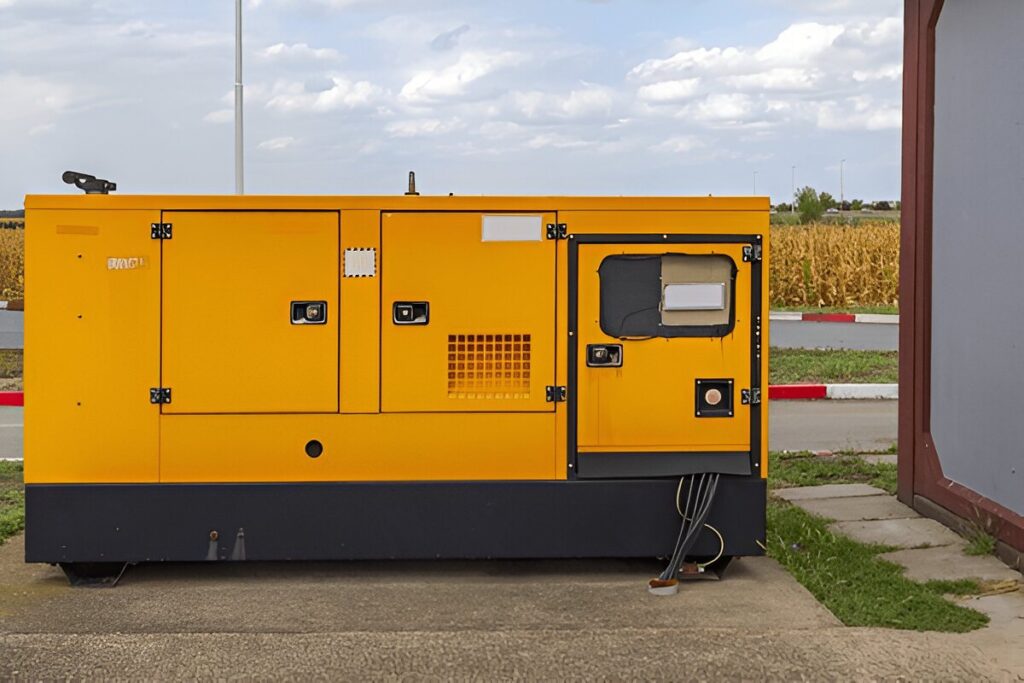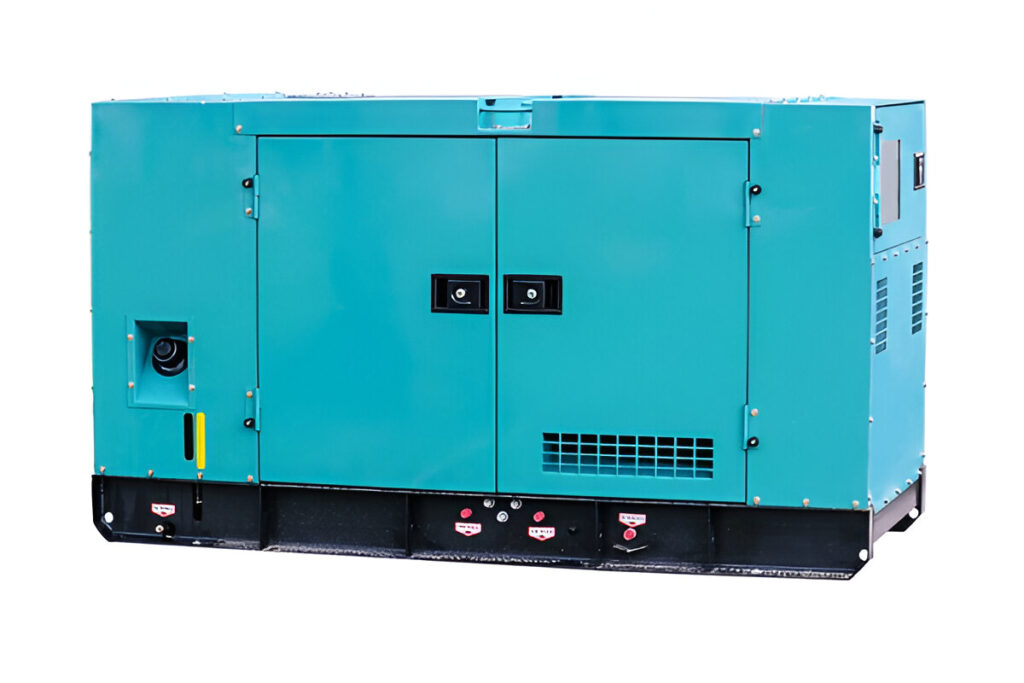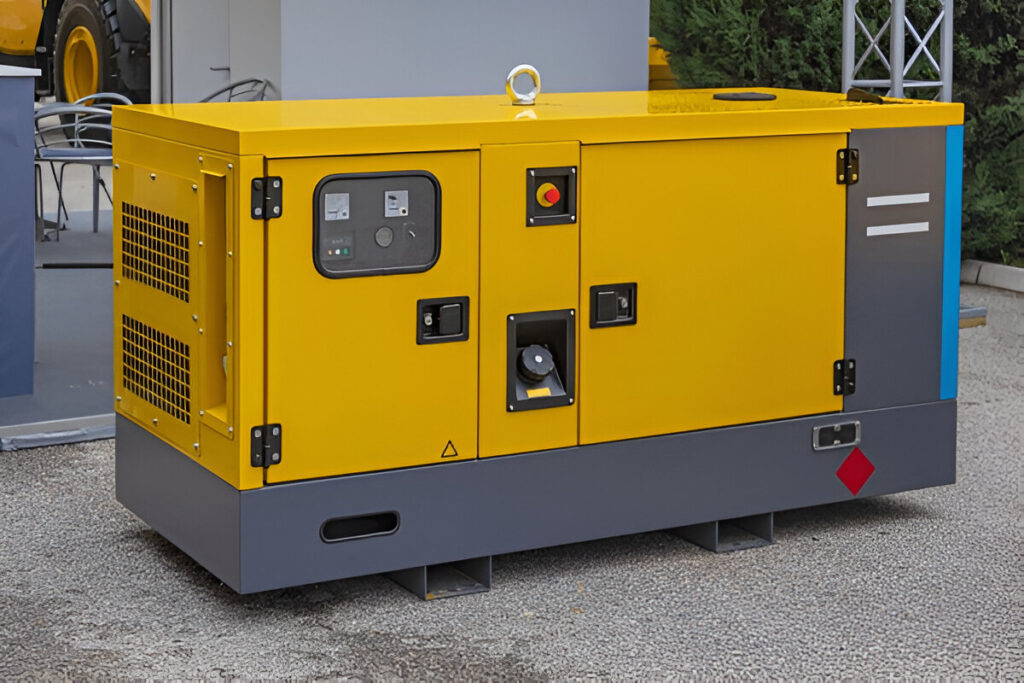Diesel generators are a lifeline for thousands of Canadian businesses and facilities. Whether they’re used to provide emergency backup generator Canada power or to operate remote job sites, these machines must be supported by safe, compliant fuel storage systems.
If you own a backup generator in Canada, understanding fuel storage regulations is more than a legal formality—it’s essential for protecting your equipment, your property, the environment, and the people around you.
Diesel is classified as a combustible fuel, and improper storage can lead to environmental hazards, safety violations, and financial penalties. In this guide, we’ll walk through what every backup generator Canada owner needs to know about storing diesel fuel correctly and staying compliant with national and provincial regulations.
Why Fuel Storage Matters for Backup Generators
Using diesel to power your generator makes sense—it’s reliable, energy-dense, and widely available. But diesel is also a hazardous material if not handled and stored correctly.
Improper fuel storage can result in:
- Fires or explosions
- Soil and groundwater contamination
- Degraded fuel that damages engines
- Violations that lead to fines or forced shutdowns
Following Canada’s storage regulations not only reduces these risks but also ensures your diesel fueled generator performs reliably when you need it most.
Who Regulates Fuel Storage in Canada?
Fuel storage in Canada is governed by both federal and provincial regulations. Nationally, diesel storage is addressed under the Canadian Environmental Protection Act (CEPA), which outlines environmental safety standards for handling petroleum products.
Each province enforces its own fuel handling codes, which may include stricter requirements. For example:
- British Columbia: Regulated under the Environmental Management Act
- Ontario: Oversight by the Technical Standards and Safety Authority (TSSA)
- Alberta: Diesel storage falls under Alberta Environment and Protected Areas
So before you install a fuel tank for your backup generator Canada system, it’s essential to check local guidelines in your region.
Key Storage Requirements for Diesel Fuel in Canada
1. Use Certified Fuel Tanks
Fuel storage tanks must meet Canadian safety certification standards. These include:
- ULC-S601: Aboveground steel tanks
- ULC-S602: Aboveground tanks with integrated spill containment
- CSA B139: Canadian standards for fuel system design and installation
Most users of large-capacity units like a 25kW generator or larger should use a double-walled tank to meet both national and provincial containment requirements.
2. Secondary Containment Systems
To prevent spills from contaminating soil or water, fuel storage tanks should include secondary containment systems. This includes:
- Double-wall construction
- Spill berms or containment trays
- Leak detection alarms
- Shutoff valves
These features are especially critical in commercial or high-risk settings. In most provinces, containment is mandatory for tanks larger than 250 litres.
3. Fuel Tank Placement and Distance Rules
Storage tanks must be placed at safe distances from structures, ignition sources, and environmentally sensitive areas. Depending on your province and tank size, the minimum distance from buildings typically ranges between 1–3 meters.
For example:
- Keep tanks away from property lines and windows
- Avoid installation near wells, streams, or storm drains
- Follow fire separation requirements as defined by local fire codes
Proper placement not only ensures safety but also simplifies compliance with inspection standards for backup generator Canada setups.
4. Inspection and Maintenance Obligations
Fuel storage systems must be inspected on a regular basis. Requirements vary by province but generally include:
- Monthly visual checks for signs of corrosion, leaks, or physical damage
- Annual certified inspections documented by a qualified technician
- Recordkeeping of inspection logs, maintenance tasks, and repairs
Keeping detailed records is mandatory in many provinces, especially for systems used in industrial and commercial applications.
For users purchasing a used generator for sale, it’s wise to inspect existing fuel storage systems and confirm they meet current codes.
5. Signage and Labeling Requirements
Diesel fuel tanks must be clearly labeled with safety signage that meets the following criteria:
- Product identification (e.g., “Diesel Fuel”)
- Hazard symbols (WHMIS/GHS compliant)
- “No Smoking” or ignition warnings
- Emergency contact and spill response info
Proper signage helps inform workers and first responders of hazards and reduces the risk of accidents.
Best Practices for Safe Diesel Fuel Handling
Even with regulations in place, how you store and manage fuel daily makes a big difference in safety and efficiency. Here are some best practices:
- Always refuel with the generator turned off and cooled down
- Use spill-proof containers and proper transfer pumps
- Rotate stored fuel every 6–12 months to prevent degradation
- Train all staff handling fuel on emergency procedures
Smart upgrades—like adding a generator enclosure to protect your unit and tank from the elements—can further improve compliance and performance.
Final Thoughts
A backup generator Canada system is only as reliable as the fuel that powers it—and that fuel must be stored safely and legally. Understanding and applying Canada’s diesel storage regulations ensures that your generator is ready to run when needed, without risking the environment or facing compliance penalties.
Whether you’re buying new or upgrading your current setup, working with a trusted supplier makes all the difference. At BC Diesel Generators, we provide CSA-compliant generators, expert advice, and fuel storage solutions tailored for Canadian regulations and climates.
Explore our selection of diesel generator for sale options or contact our team for a compliance check on your current system.





